ITT Farnsworth Phototube Type FW-100
Photodйtecteur de rayons gamma
Gamma-Detektor
These high current capacity phototubes were used for the measurement of high-density gamma radiation of short time duration.
The development of these tubes has been a cooperative project, initially between ITT Laboratories and
Naval Research Laboratory, and since 1952, between ITT Laboratories and Edgerton, Germeshausen and Grier (EG&G).
The tubes are of coaxial design: the cathode and the anode are complete cylinders with a 2.25
dimensional ratio, corresponding to a characteristic impedance of 50 ohms. The output, without amplification,
is normally fed directly into a 50-ohm coaxial transmision line to a traveling-wave oscilloscope for recording.
The tubes are normally used in conjunction with a plastic-type scintillator.
Several photocathodes have been tested: multialkali on reflective metal substrate, cesium-antimony on
reflective metal substrate (S17), and cesium-antimony on metal substrate (S4).
Manufactured by • Fabriquй par • Hergestellt von : ITT Farnsworth Research Corp., Fort Wayne, Indiana.
Unfortunate circumstances caused Farnsworth to sell his company to ITT in 1949, and become a vice president of ITT Laboratories
until his retirement in 1967.
Fiche technique • Data sheet • Datenblatt:
FW-100.pdf
See also • Voir aussi • Siehe auch :
Lawrence Berkeley Laboratory Phototube LBL 1994.47
Thanks to † Steve Shepard for providing data on these tubes.
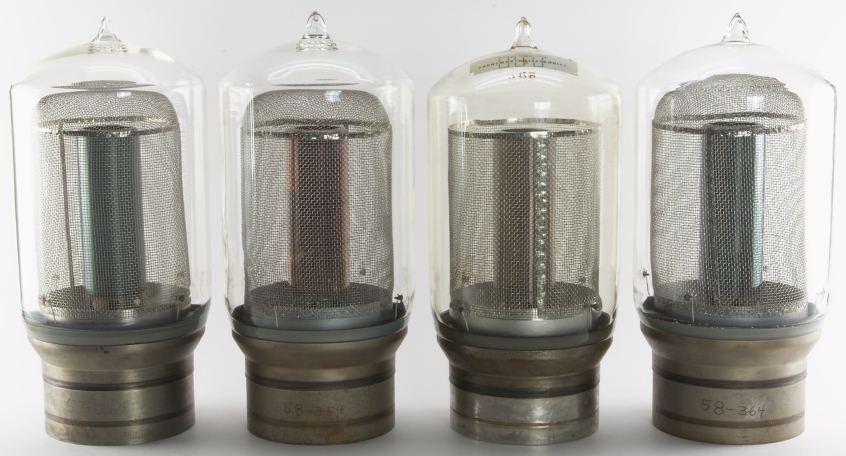
From left to rigth: # 57-264, 58-354, 568, 58-364
Hauteur • Height • Hцhe : 23 cm • 9" 1/10
Diamиtre • Diameter • Durchmesser : 117 mm • 4" 6/10
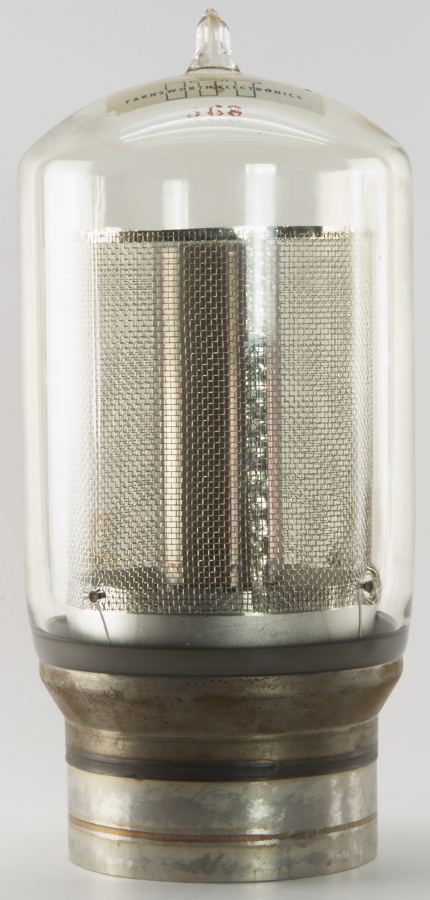
Tests on this design indicated the need for capping the gauze anode to prevent electrical pickup.
As a result, the following model has been the standard for a number of years:
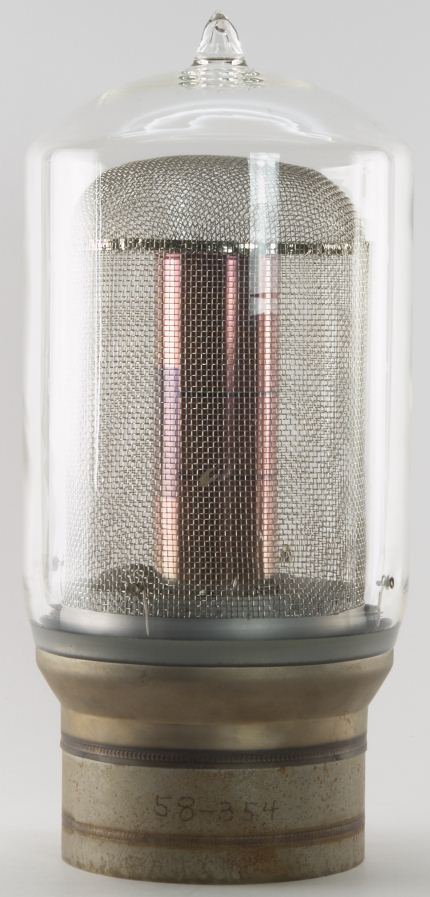
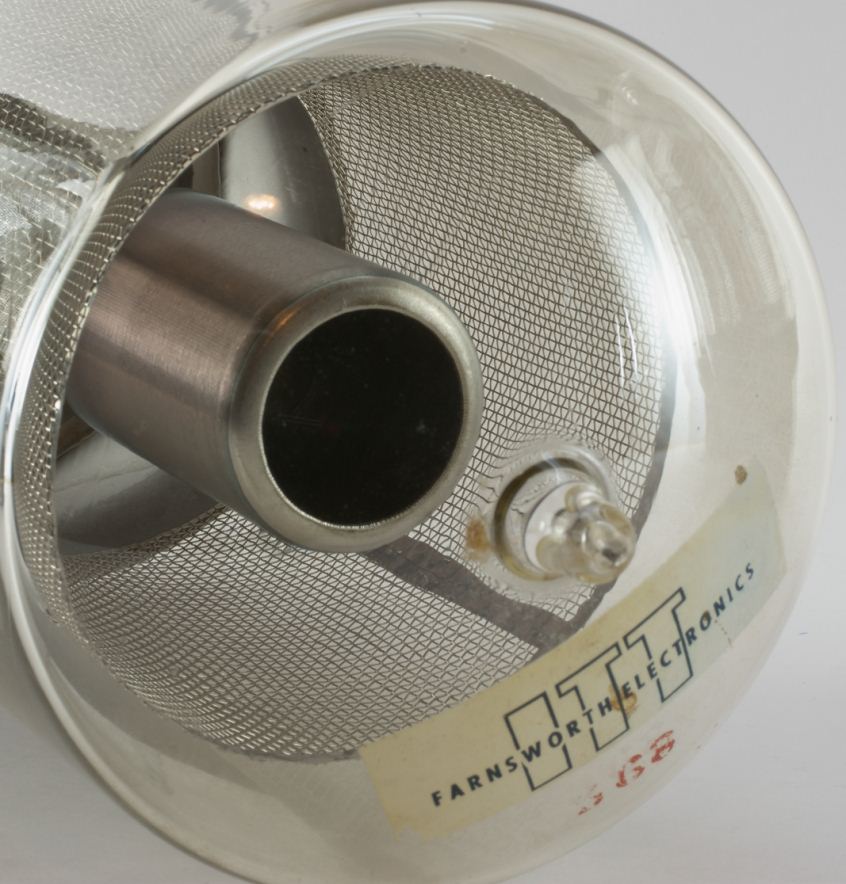
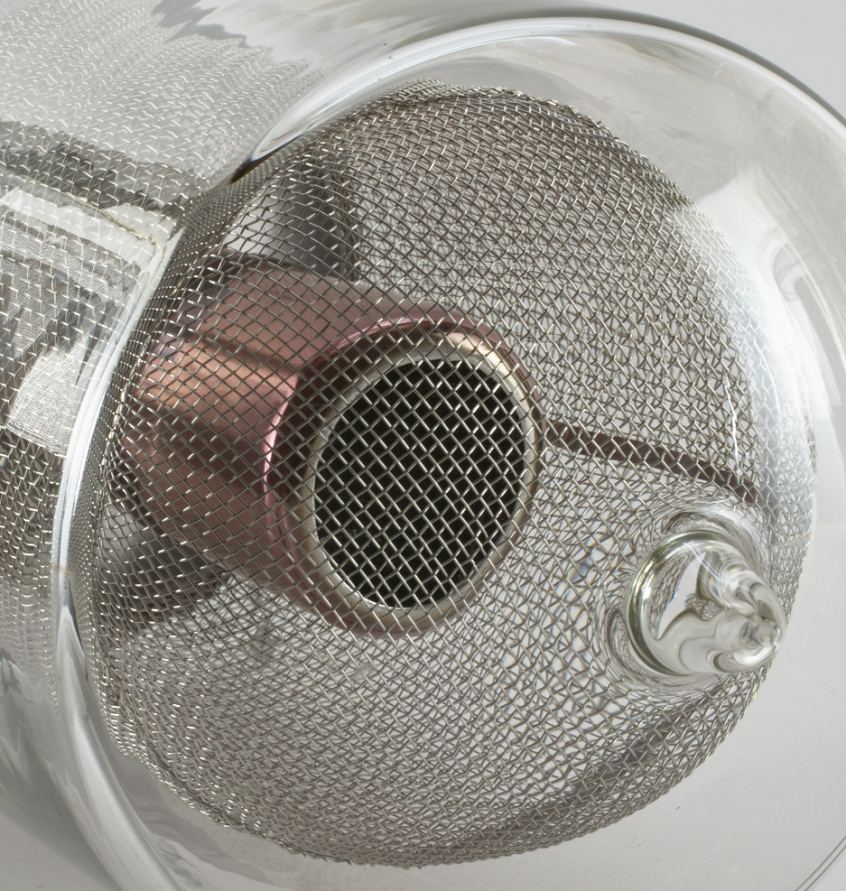
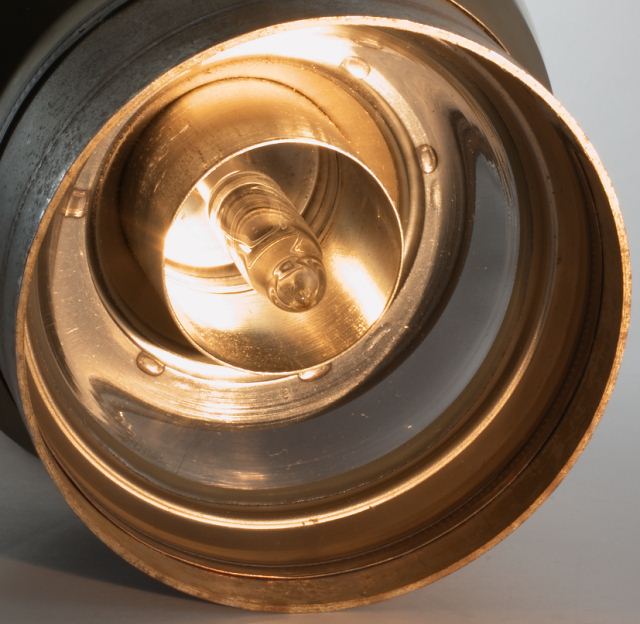
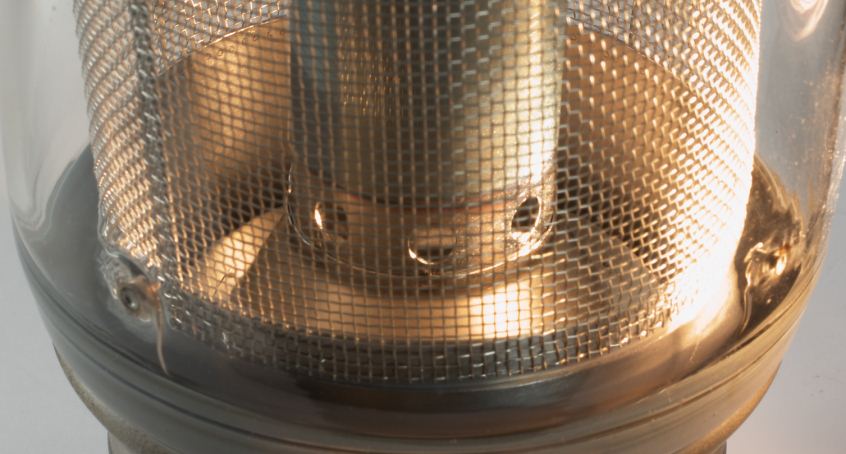
Le contenu de ce site est sous copyleft  The content of this site is under copyleft
The content of this site is under copyleft  Der Inhalt dieser Website steht unter Copyleft
Der Inhalt dieser Website steht unter Copyleft
